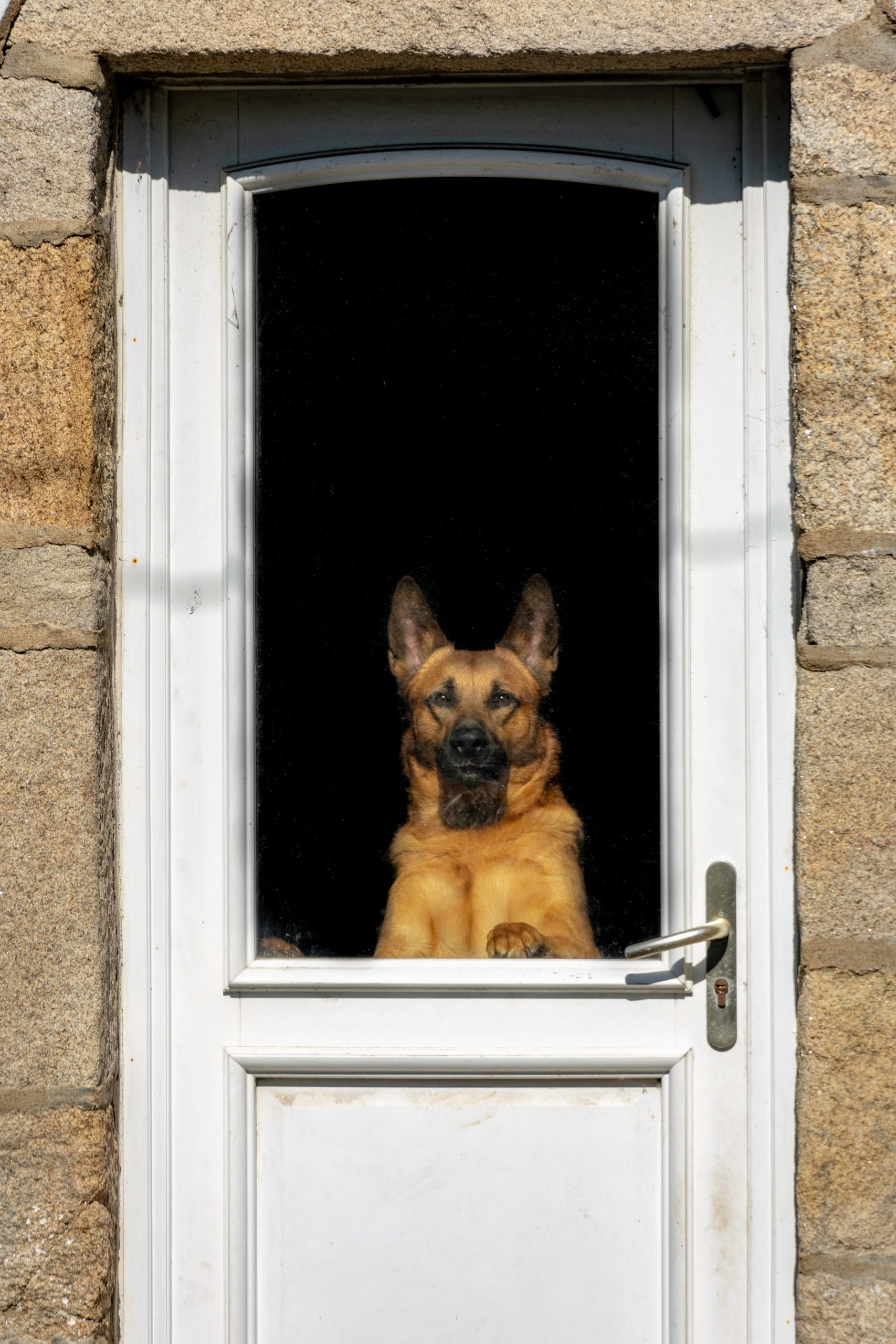News, ideas & inspiration from industry leaders

People Who Live in Corner Houses…
What does a walk around the block have to do with your adoptions floor? Lily Yap digs into System Two thinking to explain.
People who live in corner houses love animals.
Let me explain. I walk around my neighborhood on a regular basis, whether pack-walking with my foster pup of the month or going for a round of pickleball at the local court. About once per walk, I’d have a fleeting idea that living in a corner house makes you more inclined to love animals, or that animal lovers are more drawn to corner lots. One day, while passing the white stone corner house, with its twin tuxedo community cats and cross-eyed husky, I suddenly realized that this observation was not true at all! I was surprised how long I had accepted this theory as reality.
After reading Harvard Business Review’s (HBR) article “The Big Idea: Before You Make that Big Decision,” I realized that my moment of awareness took place with brain switching from System One, intuitive thinking, to System Two, reflective thinking. With this adjustment from immediate observation to more critical consideration, I realized that a couple of biases contributed to my half-baked assertion: availability bias and affinity bias. These two biases all-too-easily mislead my thought process, and I see these and others everywhere in our work as animal welfare professionals.
Availability Bias is the tendency to attribute more statistical significance to things that come more readily to mind. When walking through my neighborhood on main roads, my partner and I pass substantially more corner houses, leading my System One brain to believe I had a hidden insight on the families living on these lots. Similarly, I was subject to availability bias when I worked as an Intake Specialist. Every day I interacted with folks who were unable to continue caring for their pets. The tendency to bias deepened, as my availability bias combined with a negativity bias (the tendency for negative experiences to be more available in memory than positive ones). Even though, working in both intake and adoptions, I knew that stellar adoptions far outweighed the returns or surrenders, the experiences I could readily pull to mind led me to the false perception that people, more often than not, have to give up their pets.
Affinity Bias, also known as similarity bias, causes an individual to seek or favorably frame people that are similar. As an animal lover with a motley crew of my own, the houses we passed with an interesting mix or substantial number of four-legged friends stood out to me, even though these households were actually relatively few in number. To be precise, when I sat down and calculated instead of deferring to intuition, 7.89% of the corner houses I passed on my walk were “particularly inclined towards animals”, a scientific designation I made up for the purposes of this armchair study. This bias can extend beyond my neighborhood observations and have a huge negative impact on customer interactions and beyond. If the adoption matches made are limited to homes that fit a cookie cutter image, opportunities for placement in truly loving homes can be missed for a vast number of pets. Across all industries affinity bias can also pose a challenge in hiring practices, putting organizations at a huge disadvantage. For us, this can mean the difference for animal lives.
Eliminating biases completely is impossible. One of the biggest takeaways from HBR’s article is that we can position ourselves and our processes in a way to support critical decision making. For me, using data has been one of the most basic starting tools to minimize bias. But data can also be framed or sought in a self-affirming manner, so, for me, building a diverse team has been critical. I benefit greatly from a superstar team who not only possesses diversity of culture, but also diversity of thought. This allows us to respectfully challenge and improve upon each other’s ideas and decision-making processes in a way that ultimately benefits our animals and the community we serve. If you find yourself taking a misstep down a System One path, that simply makes you human. The attempt to keep biases in check is an ever-lasting journey, not a destination.
So a big thanks to the white house with the wrap-around porch and pair of poms and big Heinz 57 mutt; the wooden-decked house with the little fuzzy dog who always waits for his two big buddies to really start barking at us, and the community cat-loving white house with the beagle and staffy duo who look like they could be my dog’s parents. I am grateful to you for making my Sunday afternoon outings more meaningful, because System Two thinking is rarely a walk in the park.
Learn More
Harvard Business Review: “The Big Idea: Before You Make That Big Decision…”
Blog: “If Your Adoption Policies Put Up Barriers, You’re Part of the Problem”
Photo: Unsplash


